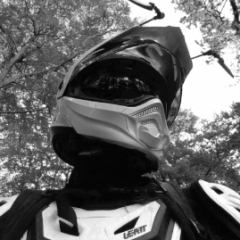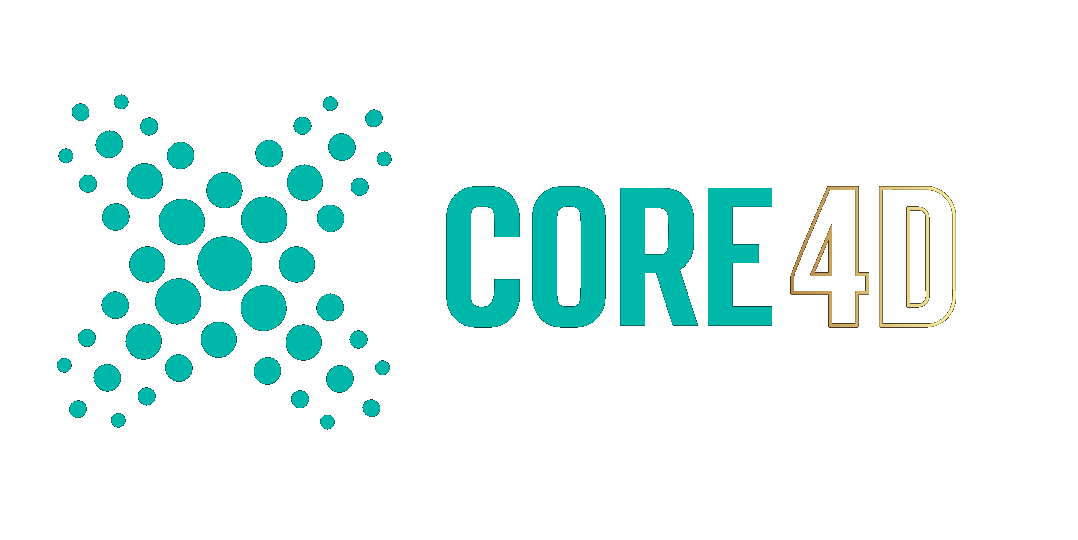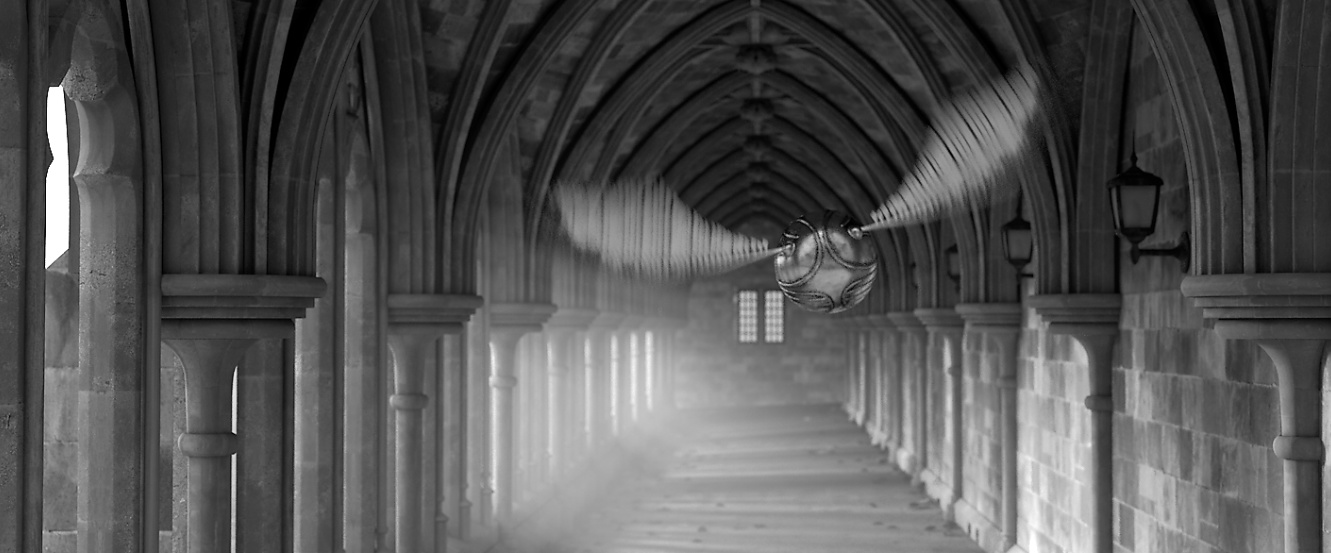-
Posts
17,957 -
Joined
-
Days Won
733
Content Type
Profiles
Blogs
Forums
Gallery
Pipeline Tools
3D Wiki
Plugin List
Store
Downloads
Everything posted by Cerbera
-
Good point 🙂 And that's that one solved... CBR
-
And here's part 3, in which we conclude today's lecture (lols) with a little discussion about the complexity of poles, and what we a) can and b) should do about them, or not ! CBR
-
I am afraid that is most likely a bug, which I will report if it is not already known. Selecting the point and setting either 'Soft' or 'Ease-ease' there should give you handles both sides I reckon. This is not related to the qualities of the source spline. CBR
-
In answer to getting the diamond flow in the first place... and then carrying on from there... (will take while to finish upload) I'll answer the complex poles thing in the next post 🙂 CBR
-
What do you mean by mospline profile spline ? CBR
-
Questions aspiring modellers may want to ask... 1. Do we need to worry about the complex poles remaining, both before and after the bevels ? 2. If not, why, and if so, why ? 3. If we do wish they weren't there, what can be done / is already being done about them ? CBR
-
Imagine again my friend ! 🙂 Indeed I did cut every single one of those 3 way junctions myself (I was having issues with radial symmetry at the time, which would have saved me loads of it ideally) but I am an extraordinarily patient little modeller, so went to the zen zone and got it done in 10 mins. Thereafter I could use Loop Cut (re-use cuts, 50%) to bridge each diagonal flow from top to bottom (leaving each end unconnected), and then remove ngons command to connect those to the custom topology in one hit. Whole thing took 15 mins, which I consider... worth it ! With the joy of hindsight what I should have done there was earlier in the modelling process, when I subdivided just the non-diamond form topology. Had I done it all at the same time, I could have avoided doing it manually later, but I didn't, at the time, because even non smoothed L1 subdivision was disrupting the straightness of my topology. Sometimes, 'manual' is the only way to go ! CBR
-
Actually the topology there could be better ! If one of my students handed me that, they'd pass, but not with an A grade ! 😉 Let's look again, and see if we can make that A* !! I have tolerated a number of triangles and ngons and degenerated quads in the transition section between diamond form and not, for 2 reasons... 1. I was tired, and I was getting nice SDS surfacing regardless. I love how tolerant our SDS is sometimes ! 2. I used a solid bevel on (and flattened) all the diamond faces so that they were protected / reinforced against contamination from those rogue elements when SDS was active, where they are confined to the narrow rims at top and bottom of that section where they don't really get seen. So really this is the answer in a time-pressured world where we need to get stuff done quickly in a way that looks fine to the client. Were we to spend a bit more time and effort we could resolve all the topology issues like this (forgive my wonky lines ! ) to restore 100% quadly excellence... ...which gets us supremely clean results when turn the subdivs back on... CBR
-
...and continuing on roughly like the below... So, by insetting the arches (but then recutting so the extra edges flow out of the bottom of the arch sections, rather than loop within themselves), we can get nice sharp edges, there, and then flatten, solid bevel and phong break the diamond section, which is how we will get it looking angular despite roundness everywhere else and SDS. CBR
-
Interesting glass, in that it combines features normally found in isolation on these things. Displacement is certainly the way to go here to get the diagonal ridges and the tiny diamonds, but we should pretty much model the rest of it. We could model the tiny diamonds as well quite easily, so may come back to that. 2 primary techniques involved here: 1. Producing a band of diamond flow polys, which is done with very specific segmentation and bevelling points to their 'limits' before optimizing and insetting / normal Moving, or by simply bevelling polys (groups off). 2 stages of that shown below... started with a cylinder, 24 radials, 2 depth segments, no caps, which gives us the pattern we are looking for*. 2. Extruding straight form perimeter loops from that, and smooth subdividing (just) them starts the smooth round sections above and below, where we need to transition the even edges into grouped ones capable of holding those ultra thin edges, and indented arch profiles. And that's why we chose 24 radial segments initially so that we have number that when subdivided gives us 48, from which we will make 12 radial arches... * I am basing this on the number of arches / facets, which I reckon is probably 12. YMMV ! Next we don't want to be making 12 arches, so we'll make half of one instead, and use radial symmetry to get the rest, meaning we'll be needing 12 symmetry segs, allowing us 4 polygons per arch, only 2 of which we need to edit thanks to mirror within the radial symmetry. Now, as the ridges where the arches meet are so damn sharp, we need special topology to deal with that unless we want to cheat and do it with edge weighting. I'll pop back and show you what that is after dinner... Hopefully that fires you off in the right direction though... CBR
-
Yeah, I think the only people who like that UI are the ones who have had 20 years trying to get used to it, and finally have ! I'm sort of waiting for Maxon to 'This is the way' on a new one before I truly get to grips with it... CBR
-
Which renderer are we using today ? CBR
-

Baking a frontal texture onto a veronoi fracture object
Cerbera replied to Keith Vick's topic in Cinema 4D
R-click the material tag in question and choose generate UV coordinates. That should hammer down whatever that tag is doing into a new UV map. CBR -
Yep, it's that. Knock a frame of the end off the playback / export and it should loop perfectly from 90-179. CBR
-
OK, so we should follow the sort of flow that we see in your lower reference and apply that structure to make the one above it. But unlike the lower ref, the white moustache doesn't have any as obviously pointy / tufty bits so the silhouette is different. So, starting at the centre line, with a cap-less cylinder with 8 rotational segments we can ctrl drag the right most edge loop out and rotate and scale the loops until they match the overall shape, and having set the axis to the centreline you can use Symmetry (under SDS) to get the other half, like so... At this point, having established the overall shape, there are choices to make... you could: 1. Add more loops to this model to get a low poly ridged look for the hair, 'suggesting' the hairs in a low poly sort of way 2. Actually use hair to fluff-ify this base model, which you'd have to manually brush into the right shapes, because at the moment the flow of the hairs isn't the same as the flow of the object. 3. Add some tufty points to this model to suggest the gaps and partings in the hair more like your lower ref. Which do you prefer ? I quickly tried option 1, so beveled the (left to right) centre loop into 5 which allows us to pull out some vague curves up on the front side (select every other loop on the front using path selection) to suggest the hairs... CBR
-
We didn't. We took the perimeter edges of the original (via edge to spline command), and extracted a spline from it. By placing that spline in an Extrude generator, one of the caps options is 'ngon'. CBR
-
Ah well, it is what it is... CBR
-
Oh yeah, that's a major bummer for spaceship fans everywhere, and a good few others besides I imagine. Wonder why he didn't just limit it to 1024 x 1024 for free, and charge a small fee for higher res ? People would have paid that I reckon... I probably would have done... CBR
-
It is a new mode of the Brush tool introduced in (I wanna say) 2023.1.2. It operates exactly like the smooth mode of the brush we all know and (sometimes) love, but does so without losing any integrity of the surface and shrinking it down, which makes it very very useful. CBR
-
HB Modelling bundle MakeQuads, or as I did it with manual knifing and Brush Relax ! Takes 3 secs... CBR
-
OK, well the end of a pencil is not actually a point, which very much helps us here, because we can just bevel the point you have to turn it into a flat disc you can angle rakishly, or leave straight as I have done here, and patch to quads... Then we just need perimeter control loops to isolate that from the nib loops to avoid the distortion there. As you can see it still looks like a point at the wider scale... Check for red lines shown up by Mesh Checker in your version. There are a couple of edge points around the place. CBR
-
Still doesn't show wider context. I need the file. CBR
-
Need to see the wider context of the mesh. From the screenshots that is too many edges conflate on a corner. CBR

